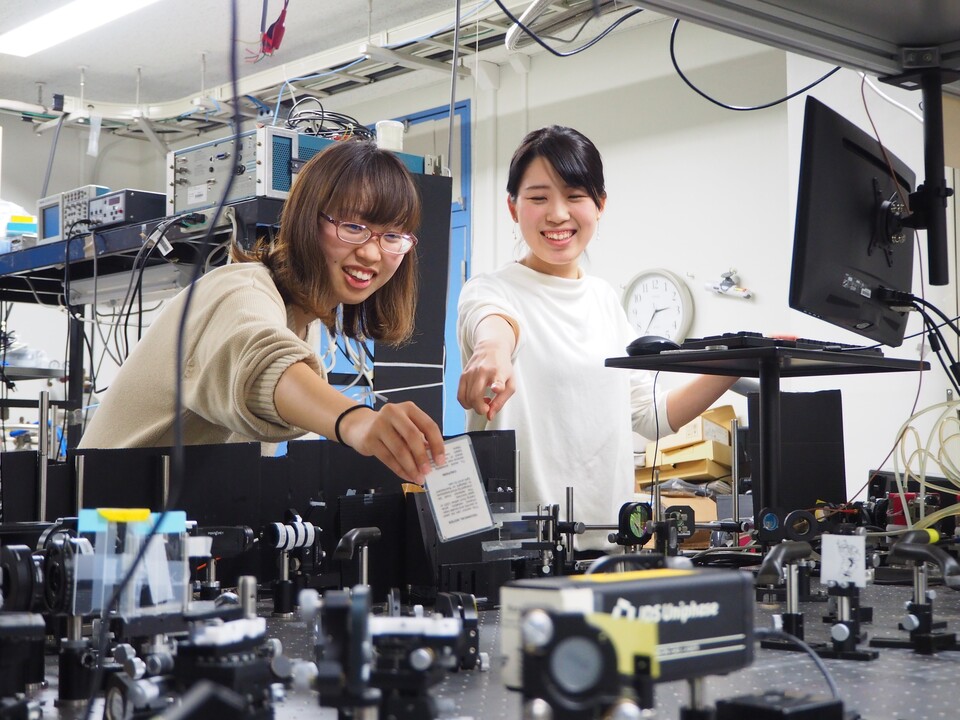
Officially opened on April 13, Expo 2025 in Osaka is now in full swing. The Carbon Recycling Factory exhibition, showcasing cutting-edge technologies for achieving a decarbonized society, features research from Professor Kōyō Norinaga’s laboratory at Nagoya University’s Graduate School of Engineering. Their ambitious demonstration shows how to separate and capture carbon dioxide (CO₂) from the air and solidify it into dry ice.
Rising atmospheric CO₂ concentration remains one of the primary contributors to global warming. Despite worldwide efforts to reduce emission, progress has been slow, with even stabilization proving difficult. The call to “drill, baby, drill” by U.S. President Donald Trump in his inaugural speech exemplifies this global dilemma. Given these challenges, there is growing interest in Direct Air Capture (DAC) technology, which directly removes CO₂ from the atmosphere.
While DAC shows promise for reducing carbon levels, a significant challenge remains: most DAC processes require substantial heating to capture CO₂ resulting in high energy consumption and costs. Professor Norinaga’s laboratory has developed Cryo-DAC technology to address this limitation.

The key innovation of Cryo-DAC is its utilization of cold energy released during the regasification of liquefied natural gas (LNG). This process enables the separation and capture of high-purity CO₂ from the air without the high energy demands of conventional methods.
Japan imports approximately 70 million tons of LNG annually, yet much of its cold energy remains unused. By harnessing this untapped resource, Cryo-DAC has the potential to dramatically reduce costs. Crucially, it eliminates the contradiction of expending large amounts of energy and emitting CO₂ just to capture it. This is a breakthrough with far-reaching implications for carbon management.
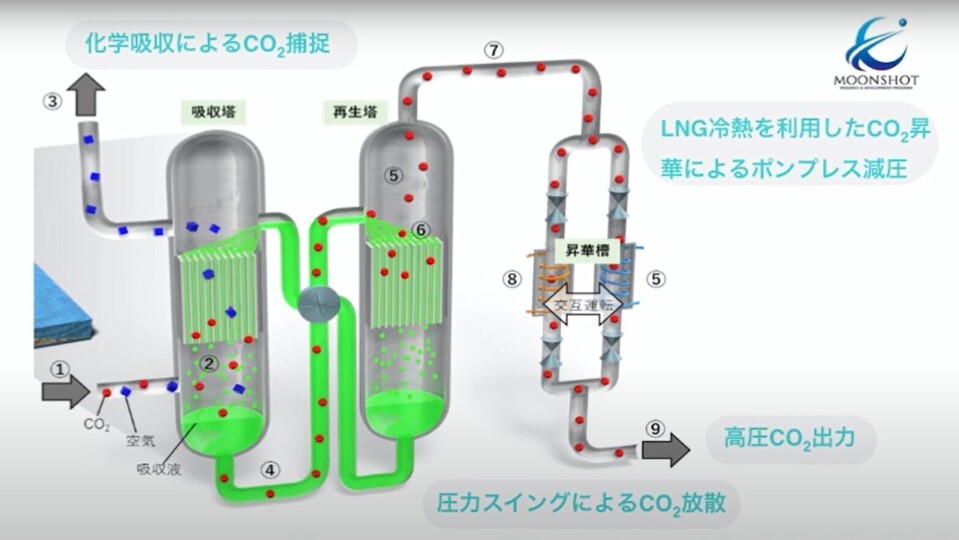
At the completion ceremony of the Carbon Recycling Factory held on March 13, 2025 at the Expo 2025 venue, Professor Norinaga unveiled the Cryo-DAC demonstration model. Addressing the attendees, he emphasized, “The greatest advantage of Cryo-DAC is its ability to reduce the cost associated with DAC,” highlighting both the technology’s feasibility and promise of its practical implementation.
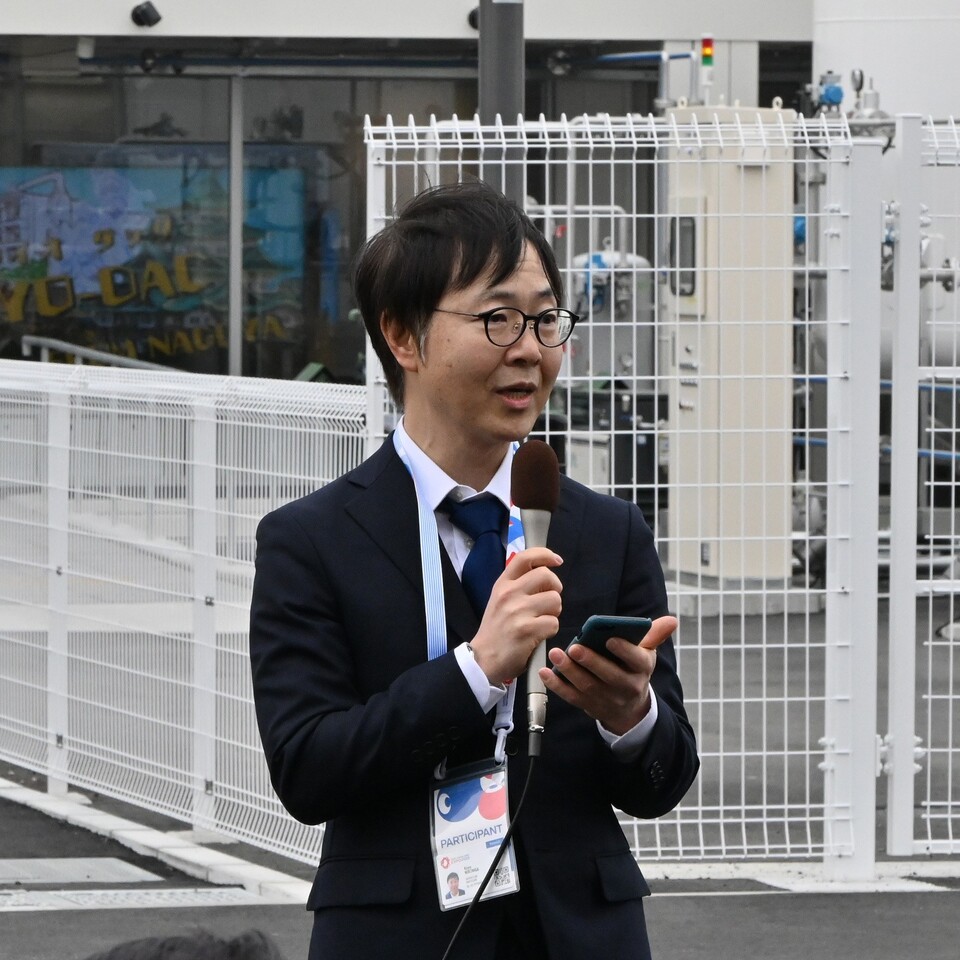
The Carbon Recycling Factory features a variety of innovative DAC projects alongside Professor Norinaga’s research. These include equipment that directly captures CO₂ by processing large volumes of air, an initiative that converts CO₂ into city gas (methane) for reuse, and a project that absorbs CO₂ into paved roads. Together, these efforts demonstrate promising technological pathways toward addressing climate change through carbon capture and utilization.
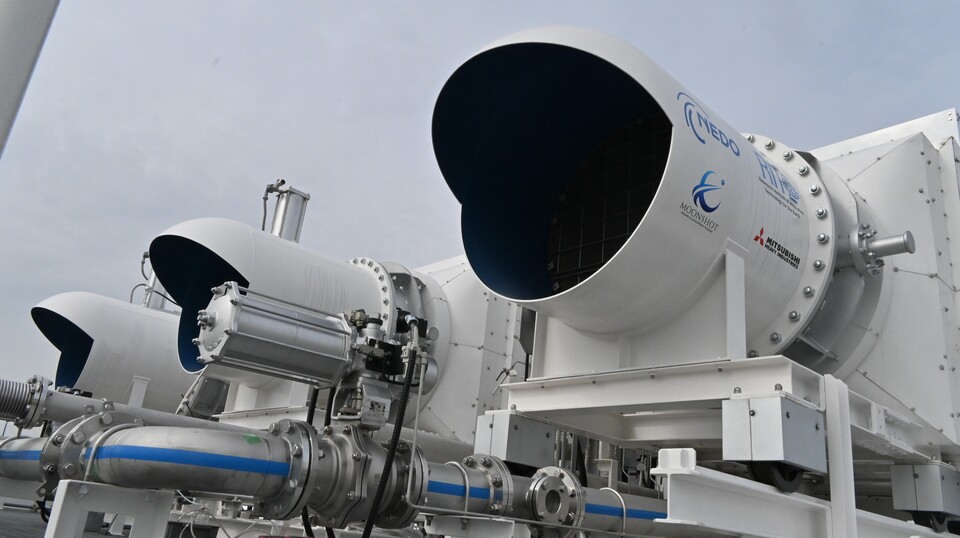
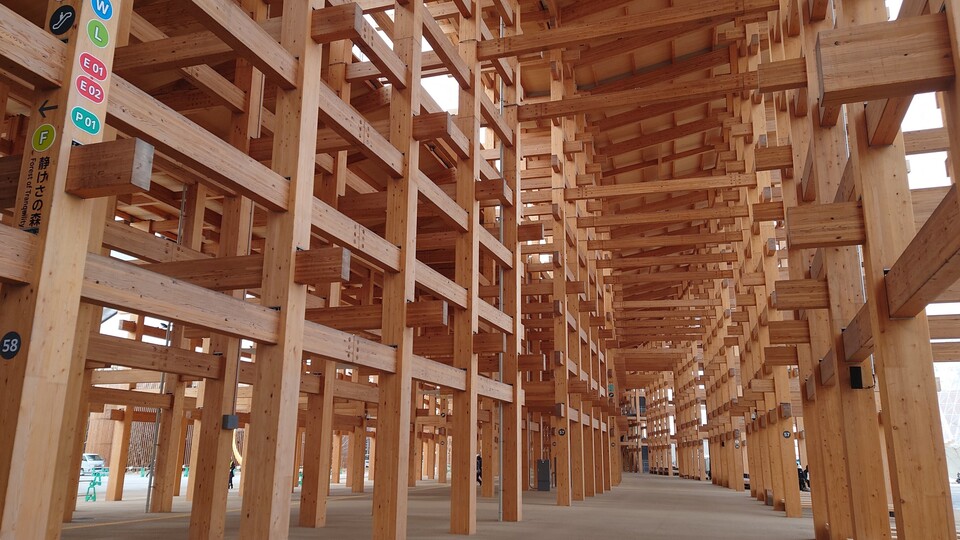
Related links in English
Nagoya University Norinaga Laboratory
Expo 2025 Carbon Recycling Factory
The International Communications Office, Nagoya University wishes to thank the Public Relations Office, Nagoya University for the use of this article. It was originally written in Japanese for the “Public Relations Meidai” web magazine by Tatsuyuki Fukui. All photos were taken by Tatsuyuki Fukui. It has been translated and edited for clarity and readability by the International Communications Office while preserving the original content’s intent. This article was originally published on March 18, 2025, and has been revised to reflect the start of Expo 2025. For the original in Japanese, please see here.


